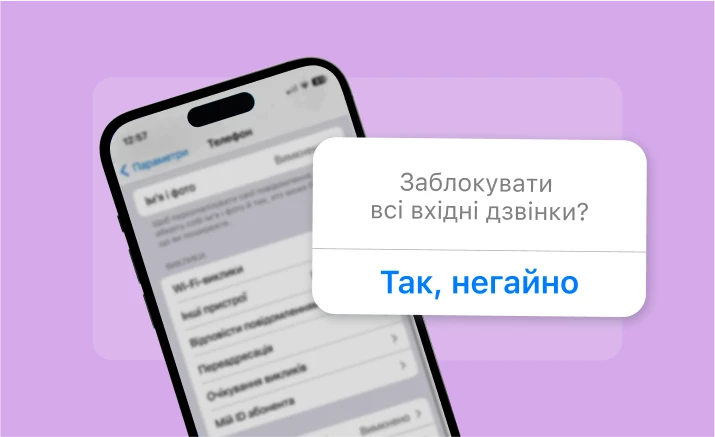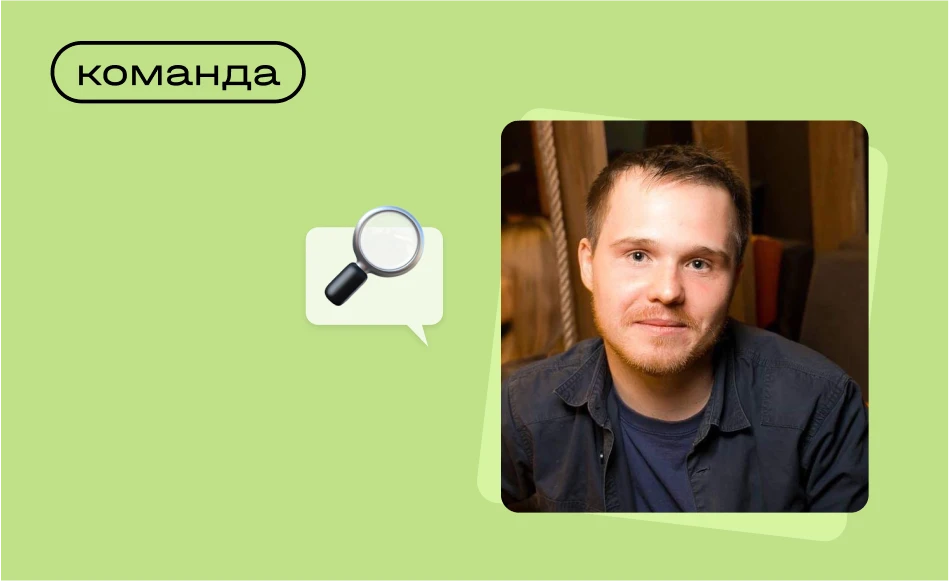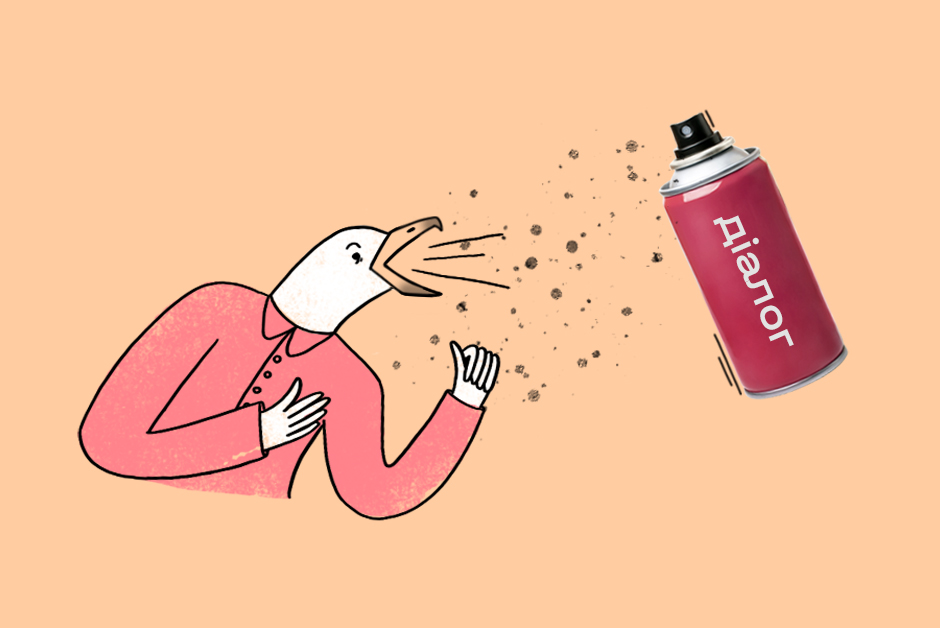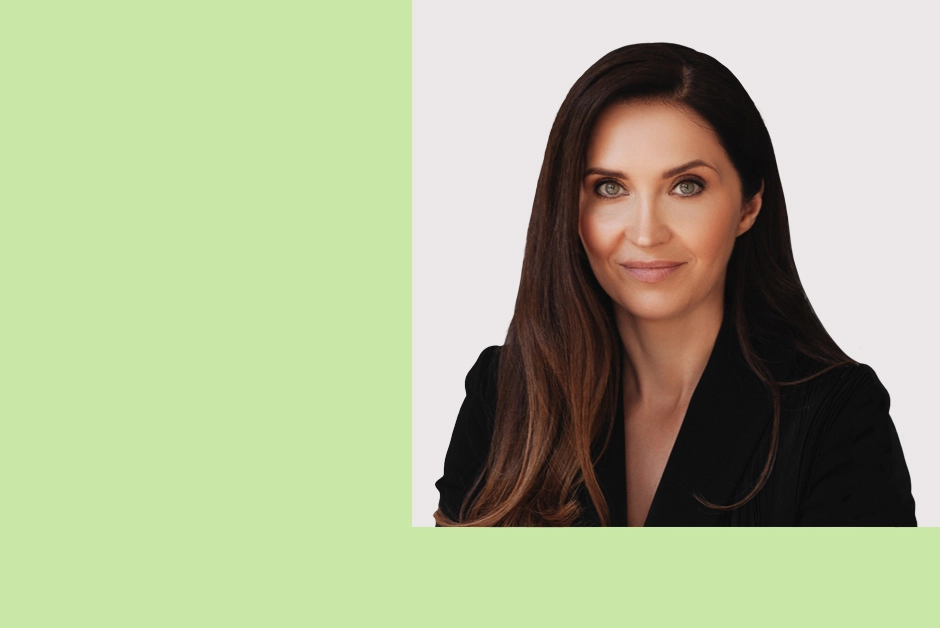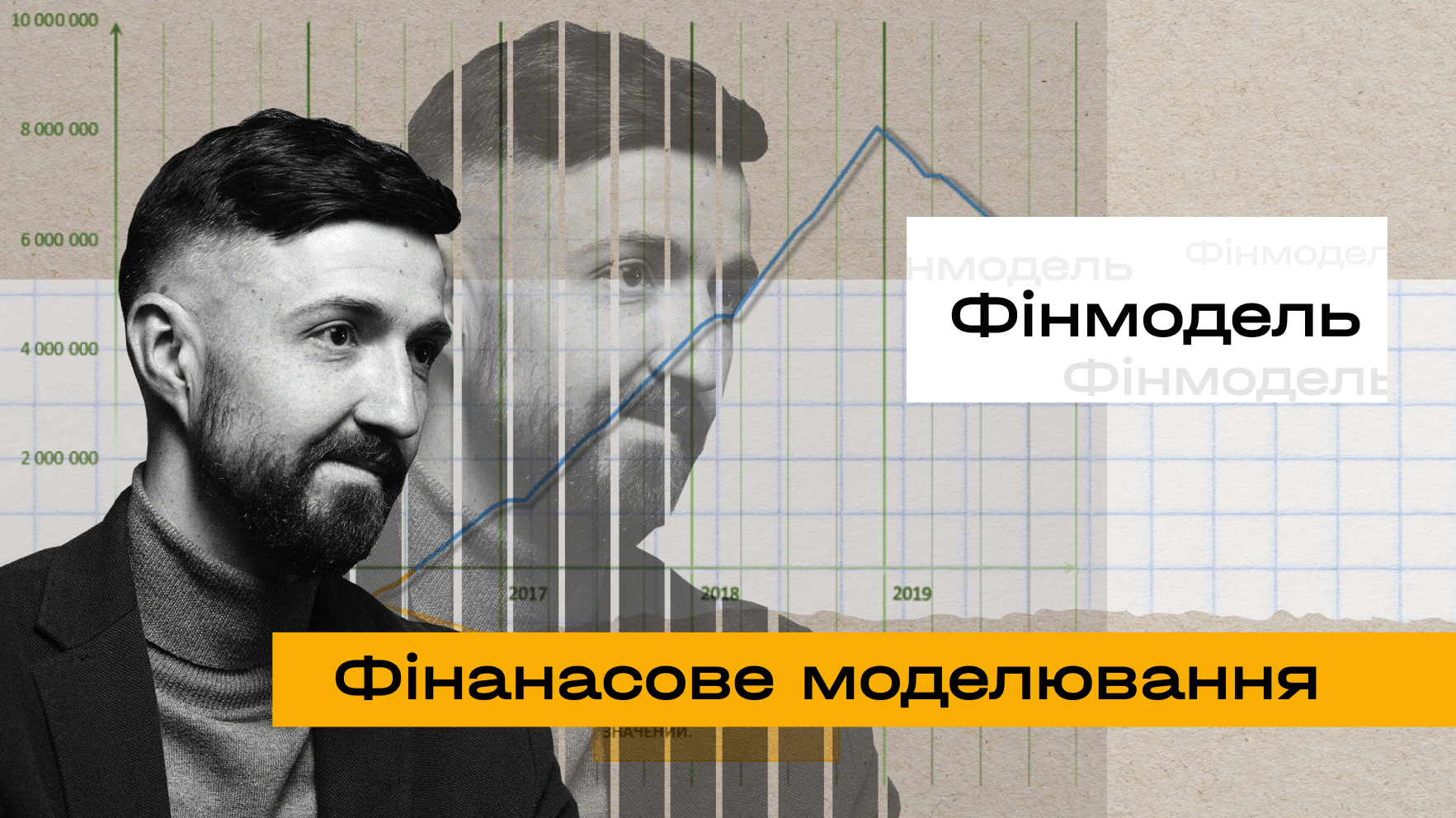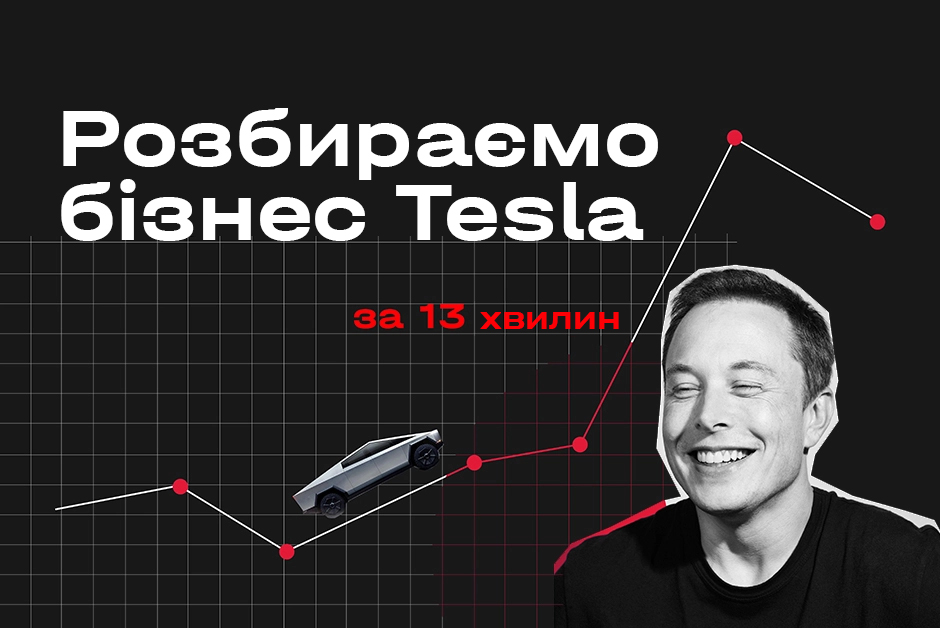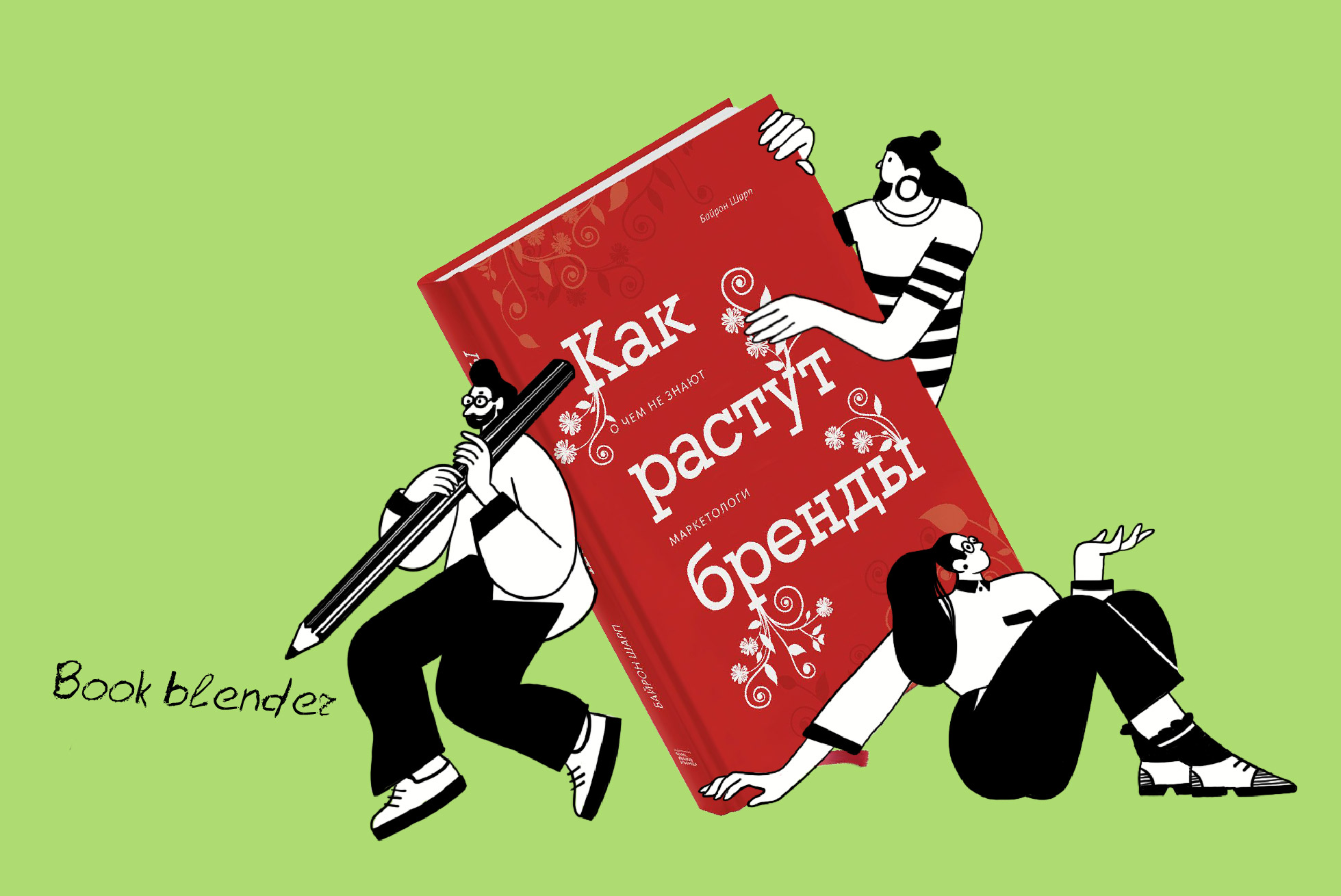Jean Gomes is more than a leadership guru. He started his career studying neuroscience and founded the research-based consultancy firm Outside, helping some of the world’s leading corporations (Coca-Cola, Nike, Warner Music) tap into the emerging science of ‘mindset’ to improve their performance.
In his latest book, Leading in a Non-Linear World: Building Wellbeing, Strategic and Innovation Mindsets for the Future, Gomes delves into the realms of neuroscience and experimental psychology to explore how business leaders can strengthen their mindset to deal with disruption and uncertainty and what our body knows faster than our brain.
In the following interview, he shares his thoughts on how emotions shape our behaviour, what type of mindset can render an organisation future-proof, and the power of ‘interoceptive’ sensibility.
Why do we live in a non-linear world and what can businesses do to adapt to it?
Our world is inherently uncertain, but from an economic and political perspective, we’ve entered a new era where more of the challenges (think climate change, Chat GPT, Ukraine) we face have an unclear nature, and we don’t know how to solve them. In a linear situation, the problem and solution are more obvious – in a non-linear world, inputs and outputs are not proportional. We need a new focus on mindset to embrace and respond.
First, businesses need to make a distinction between uncertainty and risk. Risk is about attaching a probabilistic number to an outcome happening. That is how most organisations typically work, by ‘derisking’ things through planning and action.
Uncertainty is the acceptance that we don’t know enough about the problem to implement solutions with confidence. To overcome the fear this provokes in a risk-averse culture, we need to take a test-and-learn approach, running numerous small, short experiments simultaneously so that the learning can feed into each other.
What’s the “test and learn” strategy and how is it different from “plan and act”?
These are two different ways you create value. “Plan and act” is implementing what you know with extreme expertise and project management. That’s what large organisations do; it works when they know what you are doing in a predictable situation.
When you operate in an environment where you are doing things for the first time, “test and learn” minimises risk and accelerates learning. You make the smallest experiment as fast as possible with the least amount of money to minimise risk and understand what works.
The problem is that it creates feelings of fear, uncertainty, doubt, incompetence, and failure. So you need to have a mindset of ‘test and learn’, not just a process.
What is ‘mindset’ and why is it important for business leaders?
I got interested in the concept of mindset when working in Silicon Valley twenty years ago. Ιt was a word used by business leaders, but they didn't really understand what they meant.
They would describe it as something referring to people's beliefs and attitudes, which is the dictionary definition, but they didn't mean that. They meant how people were motivated and orientated. The second way they described ‘mindset’ was not personal but more of a mental model, a worldview.
I talked to hundreds of leaders in more depth, and what they really meant was how people made sense and meaning of situations. I went back to my roots in the study of neuroscience and talked to leading scientists for the last decade about the revolution in the understanding of how the brain and body make sense of the world. Where this landed was a revision of what mindset is – our fundamental sense-making system – comprised of how we feel, think and see.
We continually triangulate the world through our assumptions, physical and emotional feelings and the frames we hold up to situations.
What types of mindsets have you researched?
The first one we focused on is how people personally manage their well-being in a world of increasing uncertainty. We called it the ‘more human mindset’ because in working with over 60,000 people in 43 countries we found the overwhelming experience of work for most people leaves them with a mindset of being depleted, defensive and disconnected.
What this mindset encourages individuals to do is tune into their core needs to manage their well-being. We found increasing different forms of self-awareness created the general conditions for people feeling better and was more successful for long-term behaviour change than trying to adopt habit formation techniques. Your body and mind start to direct you to what you need, and you start to better eat, sleep and exercise more naturally.
The second one we call “future-now” which we think of as the ultimate strategic mindset. It helps leaders hold the tension between delivering value today and creating value tomorrow, a balancing act few achieve successfully. This mindset helps us to focus on both/and thinking and action. And recognise where defensive emotions trigger us into choosing upsides which ultimately drive organisations into a spiral of short-termism.

The experimental mindset is born from my experience working with hundreds of startups and scale-ups. When you take their approach to large corporations, it generally fails. The reason is these organisations’ mindset, which we call the past-present mindset, is entirely shaped by a ‘baseline’ assumption that what was valuable yesterday will be valuable tomorrow.
This is so pervasive it's like Adam Smith’s invisible hand undoing all efforts to embrace risk and uncertainty. The experimental mindset enables leaders to recognise their instinctive responses to shut down to risk and uncertainty and embrace a test-and-learn approach.
Finally, the open mindset is about the recognition that an uncertain world provokes feelings of vulnerability and defensiveness in us – managing new types of talent, the challenges of embracing diversity, technologies that we will never truly understand.
The open mindset is about creating individuals, teams and organisations that remain alert to the outside world, to change and are therefore more acceptant and open to continuous transformation.
Is mindset inherent or something people and businesses can develop through training and work?
We need to clear the confusion about what we mean by mindset. In most people’s minds, the term is more implicitly than explicitly understood. Therefore, we’re often talking at cross purposes when we use the word.
Mindset, as we’ve come to understand it, is trainable and something we can develop at a neurological level. It’s not about skills, personality, IQ or behaviour. It interacts with those aspects of us, but it is the inner sensemaking system that enables us to make sense and meaning of the world. Everyone has access to develop this.
What role does technology play in getting the right mindset, given rapid advancements in AI?
It forces us to recognise how uncertainty influences our responses. ChatGPT appeared three months ago and has completely changed our thinking about how AI will impact jobs. AI has suddenly gone from an abstract threat to a concrete one.
It forces more of us to reconsider what human value creation is in an automating world. Even with the incredible power of quantum computing, there are several things that only humans can still for the foreseeable future.
The first is sense-making. Even though you can feed your AI assistant questions about the world, only you, with your 90 billion neurons, know what is going on in a rich contextual way. Only you can generate creative solutions from this incredibly rich complexity; AI can't.
The second is creative problem-solving. The database that sits in an AI tool is fixed. It can be generative but cannot solve problems like a human. The third is that we have to make decisions based on moral reasoning, something we shouldn’t consider placing in the hands of AI.
Finally, we must create, form and sustain high-value relationships in which we can transact value at work and home – mutual aid, trust and love.
AI can't do those things. It will sit on our shoulders like a tool, like a talking parrot, helping us navigate the world and accelerate things. But these four sources of human value I just mentioned are the things that mindset can help us amplify.
You talk in the book about emotions and how they are misunderstood. How can we harness emotions to make better decisions?
For 2,000 years, emotions have been seen as the antithesis of logic. They were seen as hardwired responses to threat and opportunity, allegedly out of our control. In this picture, we lose agency when we experience overwhelming emotions; we lose rationality.
Scientists have dismantled that picture of hardwired emotion, replacing it with the theory of “constructed emotion”. We construct emotions to make sense of ourselves in the world, primarily to make sense of our metabolism, the state of our ‘body budget’. That opens up a different understanding of what emotions allow us to know. Negative emotions are a signal that a core human need isn’t being met. When we start to read our emotions in this way, it gets us to the truth of situations faster.
So emotions are part of the logic spectrum. They provide us with an understanding of what’s happening to us, unfiltered by the biases and self-justifications of our mental reasoning. Tuning in to our feelings tells us when we’re under-resourced (tired, hungry, needing the bathroom) which if unmet creates an emotional response of resentment.
When we feel devalued in the eyes of others, tuning into feelings of judgement and defensiveness prevents us from acting out negatively. Similarly, under-acknowledged feelings of not being clear, connected, and motivated also result in counterproductive responses.
Why should we learn to recognise emotions?
In our leadership labs, we ask people to describe how they feel. Most people have between four to seven words to describe all their emotions. This impoverished vocabulary reflects the embarrassment many of us feel in discussing how we feel – something that parents, schools and the workplace have encouraged until very recently.
If you describe every negative feeling as anger, you don't understand how you actually feel and what needs that signals. You might not be feeling angry, you might be feeling frustration, embarrassment, maybe hundreds of different words. The more nuanced and granular your language is, the more you understand what's happening.
And there is a significant correlation between emotional granularity and people's health. People who use a better definition of what's going on inside them get better help, diagnose themselves and what their needs are and can communicate with other people better.
What are ‘meta-emotions’?
Meta-emotions are a relatively new field, primarily studied since the ‘90s in children. They are like metacognition, which is thinking about thinking. So it’s thinking about emotions, feeling about emotions.
For example, you tell your child off because you're angry at them and then you feel guilty about being angry – guilt is the meta-emotion. If you're unaware of the meta-emotion {i.e. feeling guilty}, you create loops of dysfunctional behaviour. And this has been studied in alcoholism, where people's inability to distinguish between the emotion and the meta-emotion means they can't give up heavy drinking.
When it comes to decision-making, how important are meta-emotions?
Incredibly important. Emotions play a significant role in a non-linear world, because more of our challenges are uncertain. To make progress, you can’t just embrace uncertainty, throw yourself off the cliff and hope you can fly. You need to balance rationalism with conviction.
The only way you can do that is to create an emotional conviction to break down uncertainty. That draws on the work of Robert Burton and other scientists who recognise that certainty is not a rational process. It's an emotion – we feel certain. And what that feeling creates is a sense of agency and commitment to do things in the face of uncertainty.
So whilst a new strategy or transformation may involve doing many things for the first time and therefore elicit fear and anxiety, the meta-emotion is excitement and a sense of purpose because it’s the right thing; we will learn and grow.
Another concept you talk about is ‘interoceptive’ ability. What is this, and why is it essential for business leaders?
In our model of a mindset of “think, see and feel”, the “feel” parthas two components – physical feeling and emotions. These are often conflated in people’s minds but they are quite distinct.
Interoception is a hugely exciting new field of study that looks at the physical feelings generated inside the body. These feelings provide us with a general readout on the state of our metabolism, or body budget. Interoceptive sensitivity is our ability to sense those feelings.
Research shows that people who have heightened interoceptive sensitivity – who know what's going on inside their bodies – are better at making judgments in uncertain situations. Their body knows before their mind that they're about to encounter risk or what other people are feeling or thinking. So it gives you a competitive advantage.
And how does interoception help you make better decisions?
In studies by the neuroscientist Antonio Damasio, he asked participants to take part in a risk-based exercise. They were given money and asked to bet it on one of four decks of cards. As they turn over the cards, it becomes apparent over time that there are two ‘good’ decks where they win money and two ‘bad’ ones where they lose it. But long before they ‘know’ rationally which decks are which, their body knows.
Damasio discovered this by measuring the electrical resistance of the participant’s fingertips which produced minute amounts of sweat when they experienced risk or threat. Even after a couple of turns of the cards, they started to produce sweat when their hands hovered over the money-losing decks. Their bodies knew before their minds which was which.
How is this possible? It starts by understanding that simple physical feelings, such as hunger, hot or cold, were the first forms of consciousness that enabled organisms to move in their environment – giving them agency.
Therefore, these feelings are potent sources of information about what is happening. When we feel fear, our bodies experience physical feelings first. When we see a snake, we don’t feel fear first, we feel an increase in our heart rate and the consequences of stress hormones.
Being able to tap into these feelings gives us a competitive advantage because, as other researchers have discovered, when we do, the insular cortex region of the brain can mobilise resources faster, enabling us to see what’s happening and make better decisions.


Бажаєте отримувати дайджест статей?

